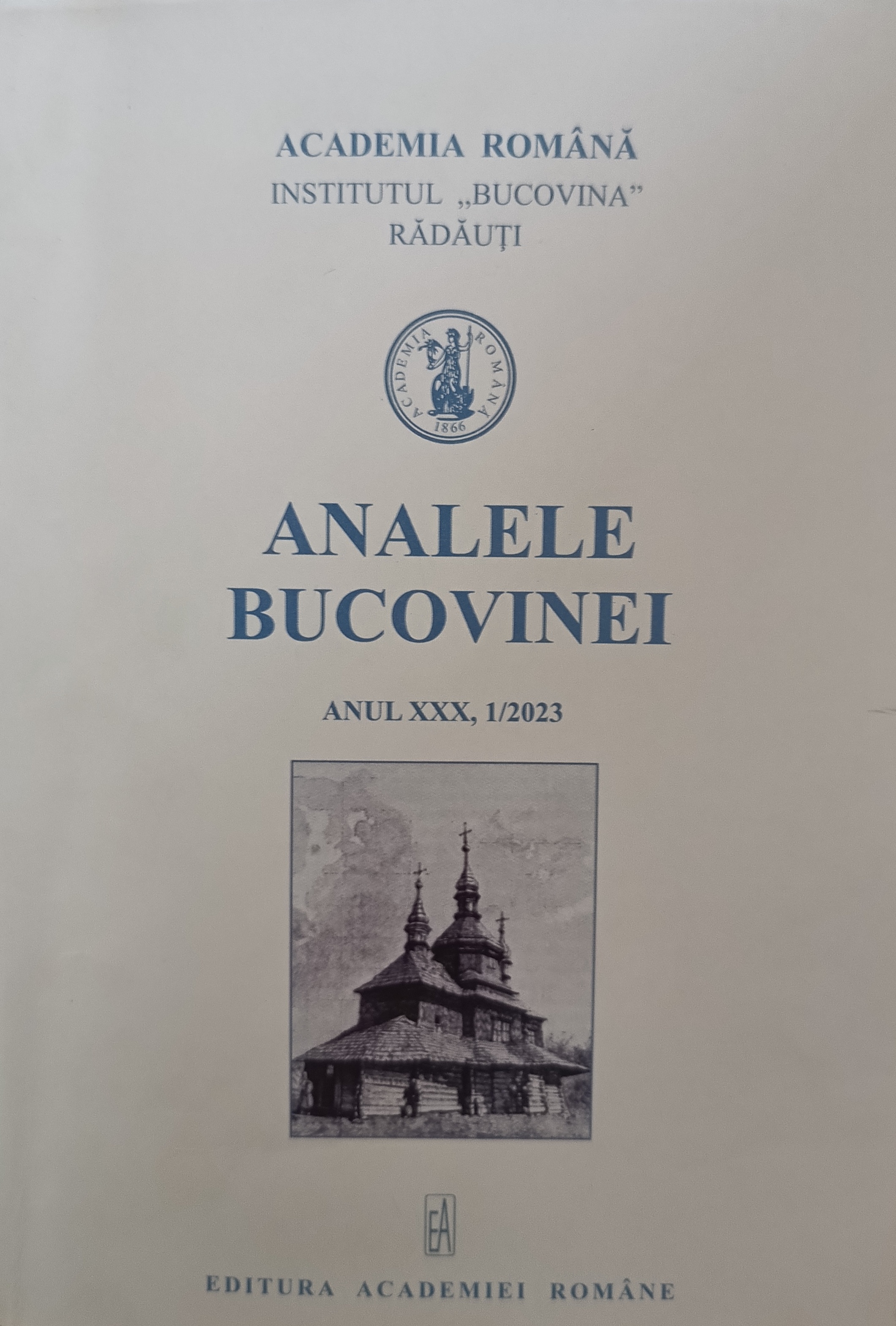ASOCIAȚIA NAȚIONALĂ ARĂDEANĂ PENTRU CULTURA POPORULUI, PARTE A SOCIETĂȚII CIVILE ROMÂNEȘTI DIN MONARHIA HABSBURGICĂ (1863–1918)
The Arad National Association for the Culture of the Romanian People, Part of the Romanian Civil Society in the Habsburg Monarchy (1863–1918)
Author(s): Ioan BolovanSubject(s): Civil Society
Published by: Editura Academiei Române
Keywords: Transylvania; civil society; culture; institutions
Summary/Abstract: Within the national cultural and institutional system, the regional cultural associations played a special role: Association for the Culture of the Romanian People from Maramureş (Sighet, February 5, 1861); the Transylvanian Association for Romanian Literature and Culture of the Romanian (ASTRA), founded at Sibiu, on October 23–26/November 4–7, 1861; the Arad National Association for the Culture of the Romanian People (Arad, April 30/May 12, 1863). Due to their regional character, they accelerated the cultural activity on a relatively extended geographical area, also favoring in time the access of village communities to culture act. At the same time, due to the concentration of the political and intellectual elite of all Romanians under foreign domination, they supported and launched extremely fruitful activities for the affirmation of the Romanian national identity. The foundation of regional associations (especially those in Sibiu and Arad, important illuminist, cultural and political centers), embodied the needs of the Romanian elite for developing, in an adequate framework, a major culture, corresponding to the one developed by the scientific institutions of other peoples. Taking into account their purposes and concerns, as well as their organization, the ASTRA and, partially, the Arad National Association, resembled the scientific, academic societies. From another point of view, the foundation of regional associations contributes to the process of institutionalizing Transylvania Romanian culture, on a national basis, which anticipated the expansion of the elements constituting national awareness towards the greater social categories. This process became more and more visible at the middle of the 19th Century, reflecting the dissemination of Romanticism in the local public interest, as well as in that of the whole South-eastern Europe. Regional associations brought to their program diverse cultural objectives, in the Romanticist direction, which amplified the forms of manifesting national sentiment and contributed to the affirmation of Romanian solidarity in general.
Journal: ANALELE BUCOVINEI
- Issue Year: 60/2023
- Issue No: 1
- Page Range: 215-222
- Page Count: 8
- Language: Romanian

